News
Meet Auckland's Māori Design Leader
Posted 01 02 2019
in News
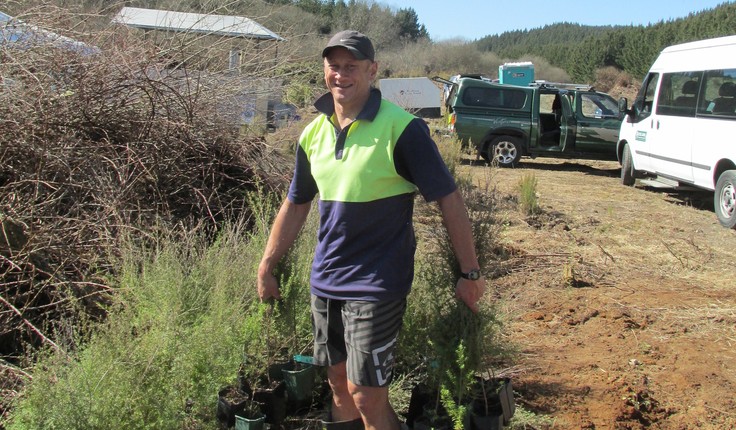
Phil Wihongi
Phil Wihongi is the Māori Design Leader at Auckland Council. Appointed in 2016 his role entails working with the Auckland Design Office, mana whenua and Māori design industry professionals to incorporate Māori design into the heart of the organisation and the fabric of Auckland.
LAA: How does what you offer influence design in Auckland?
PW: We work across Auckland Council and Council Controlled Organisations, so have considerable reach across the Council whānau. We can be involved at the highest strategy level through to project framing and delivery mahi. Externally, we actively reach into the design industry and also out to our design educators. Our work is underpinned by the recognition of those iwi/hapū who hold mana whenua/mana moana over the takiwā of Tāmaki, and our work with these groups is beginning to shape authentic design responses that reflect this beautiful place - Tāmaki.
LAA: Why is it important to have someone like yourself working within a local authority?
PW: Local Government has a key role in the promotion and implementation of an authentic Māori design kaupapa. Council can, and should, maintain an enabling/advocacy function alongside regulatory function. Amongst our team’s many roles is to help define and demonstrate best practice, to build meaningful engagement processes with Mana Whenua, and to document and promote tangible Māori design exemplars as they arise.
LAA: How is Auckland doing in terms of Māori design?
PW: Hmmmmmn….. It is important to remember that whilst this kaupapa has been undervalued historically, there are a number of factors bubbling right now that are influencing and increasing the ability of our community/ies to understand and respond to this kaupapa. We are slowly gaining built exemplars that we can point to, and currently have some really exciting public realm work coming through to demonstrate spaces and design developed through an innovative design partnership with Mana Whenua. These things will all help to shape and frame our move from Auckland to Tāmaki.
LAA: How responsive have you found the design community?
PW: A work in progress to be honest, but definitely improving. The design industry see the value and potentials for design of meaningfully engaging with Mana Whenua and mātauranga Māori to create outcomes that are of here. We have a number of ‘live’ initiatives with industry and educators that are focussed on increasing Māori presence at all levels and areas of the design professions, in particular Landscape Architecture.
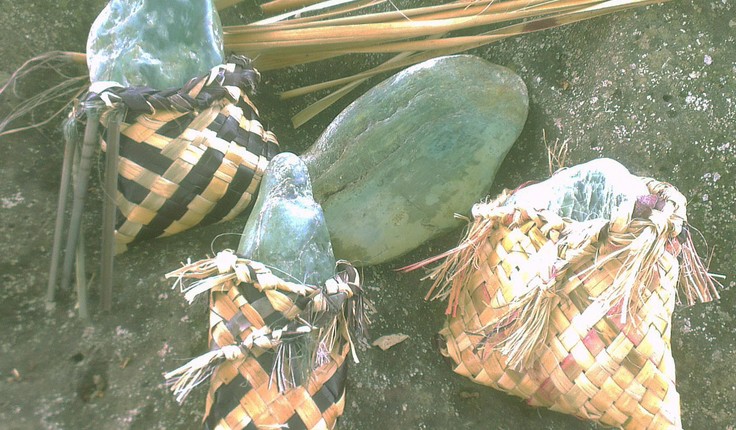
LAA: As a Māori landscape architect do you feel any special responsibility?
PW: Definitely. I see and feel the legacy of taonga our tūpuna have provided for us, and understand the critical importance of providing for those that follow us. We have a number of highly talented young Māori out in practice now, and it is important that the design community support and grow these taonga.
LAA: How well is the profession doing when it comes to cultural considerations and Māori perspectives?
PW: The signing of the Ngā Aho/Tuia Pito Ora MOU in 2015 was a foundational moment for landscape architecture, and we are still working out how this agreement can and will guide the profession and practice in Aotearoa. Membership of Te Tau-a-Nuku (Māori Landscape Architect rōpu) continues to increase. Te Tau-a-Nuku has in the past organised a number of events for the profession around Māori design kaupapa, and this will continue into the future.
LAA: What else could it do?
PW: Whilst design uptake is definitely increasing, we can only achieve meaningful Māori design outcomes through meaningful involvement of those who hold mana whenua/mana moana. The reality is that design drawing from Māori kaupapa requires the formation of relationships with Mana Whenua that must extend beyond the transactional, and which must be reciprocal and kept warm to truly be effective. This requires work and commitment from both sides to ensure that all that we do fosters mana.
We simply don’t have enough Māori practitioners, and Māori student numbers coming through the three programmes do not align with demographics – this is an issue that needs addressing. Landscape Architecture is little known and even less understood as a design and planning discipline amongst Māori communities and we collectively need to think about increasing visibility and relevance for Māori.
LAA: Anything else you want to add?
PW: Nau te rourou, nāku te rourou, ka ora ai tātou. We are in the midst of really exciting times in Aotearoa right now, and our Māori design community are always looking for new kai.
Share
05 Mar
ArchEngBuild Challenge 2025
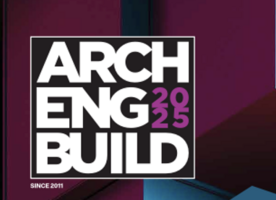
Calling all 3rd year Landscape Architecture students
We're thrilled that 3rd year Landscape Architecture students are invited to be part of the ArchEngBuild challenge for the first …
27 Feb
Update from Te Tau a Nuku
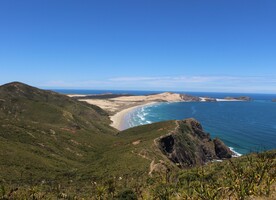
“Ko te amorangi ki mua, ko te hāpai ō ki muri”“The leader at the front, and the supporters behind” Te …
26 Feb
Getting to the NZILA Firth Wānanga 2025
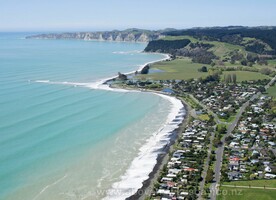
Join us!
A message from the NZILA Firth Wānanga 2025 Creative Panel Kia ora koutou, As tempting as it is to stay …
Events calendar
Full 2025 calendar